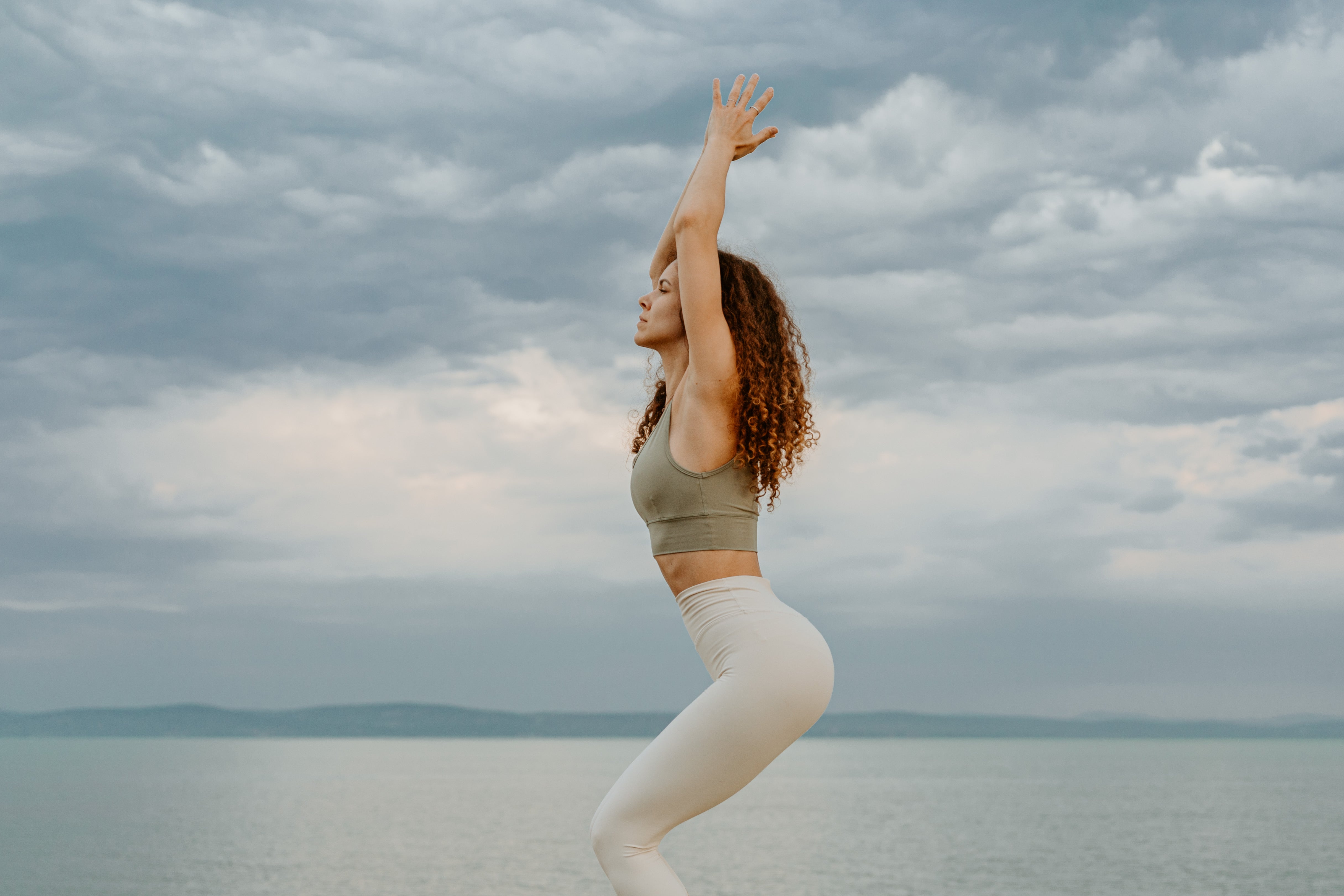Overcoming addiction isn’t easy - and not relapsing during recovery is even more difficult.
Still, it is something that can happen to anyone. We all have our weak moments.
Any type of addiction takes a toll on our physical and mental health. The consequences become most severe when we deal with drug and alcohol abuse. These addictions don’t only seriously compromise our own wellbeing, but also influence the lives of those who love us the most.
We are not beginning with this introduction to make you feel bad. The whole idea behind this article is that the key to overcoming any addiction is accepting the reality of it.
Feeling guilt or shame won’t help you in recovery - these negative emotions are often what leads to a relapse. Dedicating your self to healing rather than dwelling on your past mistakes is the only way you can overcome your cravings for good.
Luckily, today, you have an array of treatments available to help you with that.
One of the tools that began to be more and more implemented in addiction therapy is yoga.
Although no form of alternative therapy is a magic pill to recovery, yoga can help you to better understand why you’re addicted in the first place, teach you to find the physical sensation you seek for in a healthier way, and finally, to help you realize your true potential through spiritual work.
In fact, Eastern religions and mystic schools think of addiction as simply one of many expressions of human suffering. They see addictions as one of conditions of desire and attachment. The only way to overcome those conditions is to find peace within oneself.
Viewed in this light, the benefit of yoga during addiction recovery is twofold. First, the practice of meditation, breathwork and physical exercises has an immediate calming and healing effect on the body and the mind. Secondly, with consistent practice, it may completely transform your mindset and shift the way you see everything in life - including your addiction.
The Importance Of Working On The Body
The idea is not to replace traditional treatment with yoga. It is to supplement the areas in which standard therapy may be lacking, to create one unified and comprehensive approach.
For example, many institutions which lead AA meetings based on the legendary Twelve Steps book published in 1939 now also offer gentle yoga classes to their patients as a supplemental treatment.
Although Twelve Steps already involves meditation and prayer to some extent, yoga adds another layer by offering the patient to learn to connect to their body.
This is crucial as all virtually all addictions can be traced to some form of physical sensation.
Meanwhile, drug and alcohol addiction distance the user from their body and prevent them from noticing its cues and needs.
Yoga does just the opposite - through conscious movement and breathwork, it encourages the practitioners to connect to their body and to learn to listen to it.
In this manner, yoga replaces one physical sensation with another, giving the person in recovery a good substitute for the experience they once sought in substances.
After all, most addictions don’t only influence our emotional state - they can also seriously deteriorate our health. Yoga may heal the body with consistent practice, as it boosts circulation, calms the nervous system, and stimulates internal organs which accelerates the detox process.
Another physical benefit of yoga is that it increases the levels of the GABA neurotransmitter in the brain. Low levels of GABA are linked to anxiety and depression. These mental conditions are often the underlying causes of addiction. By reducing the symptoms of anxiety, stress and depression, yoga may also reduce cravings and help one feel more calm and centered during their recovery.
Cravings are dangerous - and they partially come because the levels of dopamine are extremely low in the body after withdrawal. Yoga doesn’t only combat cravings through reducing stress, it also increases the levels of this mood-boosting chemical in the body.
Accept To Overcome
The key element of every addiction is the user's emotional state. Most addictions come as a result of a trauma, mental health conditions or even fatigue. Being addicted does not equal with being unsuccessful - many highly productive people develop an addiction due to leading a stressful life.Although there are some aspects in which the East and West see addiction differently, there seems to be one element that’s the same across all beliefs - acceptance.
Acceptance is a huge part of many therapy schools, including CBT, it is involved in the famous 12-Step Program - and is also the key element in meditation.
There are many meditation techniques you can try, but they all come down to mindfulness - or being present in the now. In yogic tradition, mindfulness is achieved through continuous practice of Vipassana meditation, in which one becomes an observer, and simply witnesses their breath, thoughts and emotions without judging or changing them.
Through observing your cravings and negative emotions, you are not suppressing them. You look at them head on, see them for what they are, accept that they are there - and only then are you able to fully let them go.
Letting go doesn’t happen overnight. Meditation does change lives - but only when paired with discipline. Discipline builds resilience and turns your attention inwards.
Meditating every day means you are witnessing yourself every day. Knowing yourself more, accepting everything that arrives within you, and staying calm in the process leads to greater self-confidence, and increases your self-control.
In the end - the only way to overcome any emotion is to feel it. Accept your cravings, accept the sorrow, stress and cravings. In the beginning, they will be strong, sometimes even overwhelming. With time, and continuous practice of observing, you will still feel negative emotions - but you will also gain the peace of mind and awareness required not to act upon them. And that’s where you will finally see the true value of your effort - in feeling, and being, free.




How Yoga Can Reduce Anxiety
Yoga For New Beginnings: Staying Grounded While Going Through a Transition